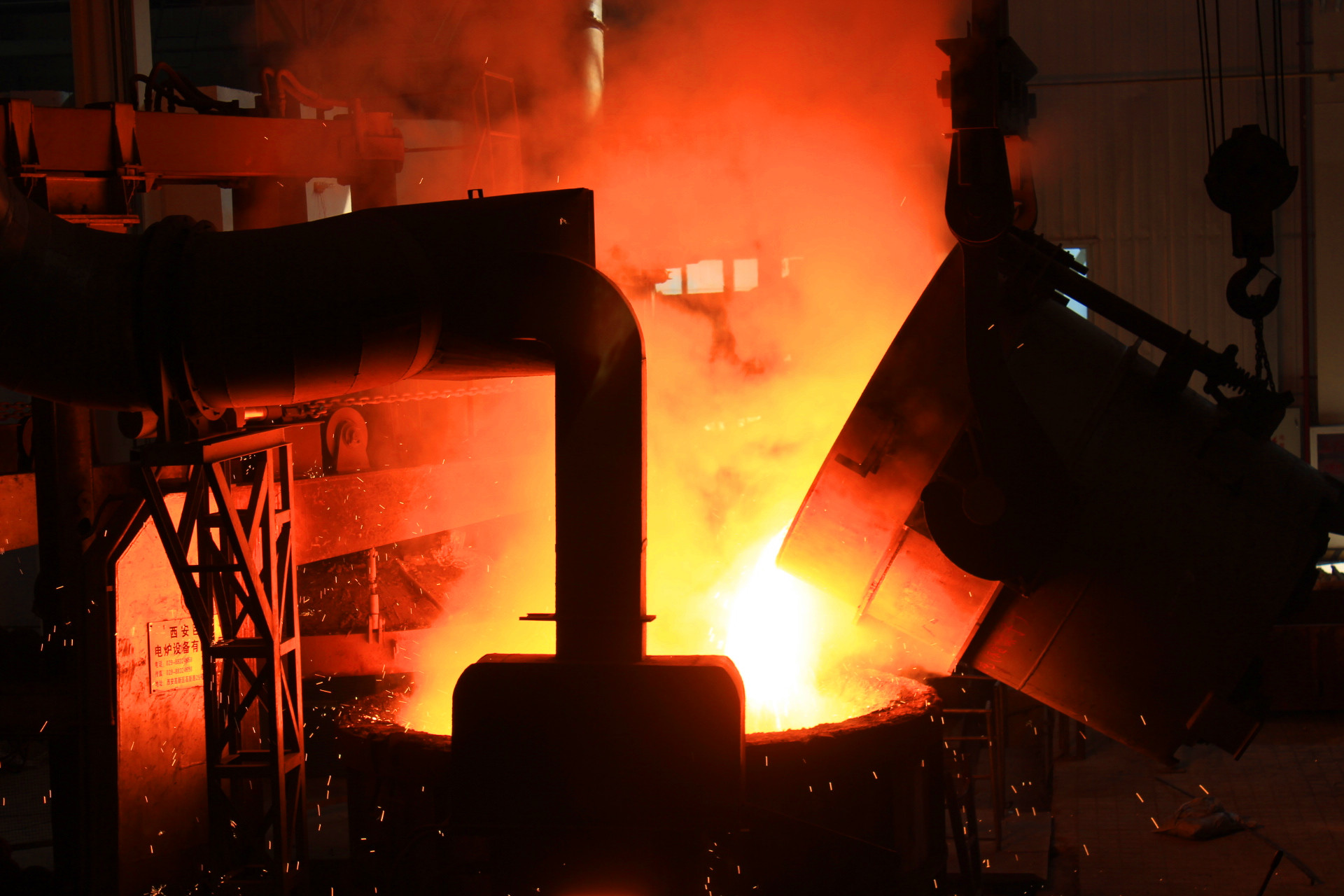nov . 29, 2024 22:48 Back to list
Design and Applications of Shell and Tube Heat Exchangers in Industrial Processes
Shell and Tube Coil Heat Exchanger An Overview
Heat exchangers are crucial components in various industrial processes, serving the vital function of transferring heat between two or more fluids without mixing them. Among the various designs available, the shell and tube coil heat exchanger is one of the most commonly used types, appreciated for its efficient heat transfer capabilities and versatility.
Structure and Design
A shell and tube coil heat exchanger comprises a series of tubes, which are housed within a larger cylindrical shell. This design allows one fluid to flow through the tubes while another flows around them within the shell. The arrangement is highly effective because of the large surface area available for heat transfer, which enhances the efficiency of thermal exchange.
The tubes typically come in different configurations, including straight and U-shaped designs. U-tube configurations are particularly advantageous because they allow for thermal expansion without stress on the tubes, which can extend their service life. Variations in tube diameter and material can also be employed to meet specific process requirements, optimizing performance for different applications.
Working Principle
The working principle of a shell and tube coil heat exchanger is based on counterflow or parallel flow configurations. In a counterflow arrangement, the two fluids flow in opposite directions, maximizing the thermal gradient between them and boosting heat transfer efficiency. In contrast, parallel flow designs have both fluids moving in the same direction, which can be less effective but is sometimes simpler to implement.
As the hot fluid flows through the tubes, it transfers heat to the cooler fluid surrounding the tubes. This mechanism allows one fluid to be heated while simultaneously cooling the other. The efficiency of the heat transfer is influenced by several factors, including the temperature difference between the fluids, the flow rates, and the overall design of the heat exchanger.
Applications
shell and tube coil heat exchanger

Shell and tube coil heat exchangers are widely employed in various industries, including power generation, chemical processing, oil refining, and HVAC systems. Their robust design makes them suitable for handling high pressures and temperatures, making them ideal for demanding applications.
For instance, in power plants, these heat exchangers are often used to recover heat from exhaust gases and transfer it to a working fluid, enhancing overall energy efficiency. In the chemical industry, they facilitate the heating or cooling of reactants and products, ensuring optimal reaction conditions.
In HVAC systems, shell and tube heat exchangers play a pivotal role in regulating building temperatures and ensuring comfort. They are designed to handle both cooling and heating duties, adapting to seasonal changes in temperature and providing energy-efficient solutions.
Advantages
One of the significant advantages of shell and tube coil heat exchangers is their high heat transfer efficiency. The large surface area provided by the numerous tubes allows for effective heat exchange, even in situations where there are significant temperature differentials.
Another merit is their adaptability. These heat exchangers can be designed to accommodate a wide range of fluids, including corrosive or fouling fluids. By selecting appropriate materials and surface finishes, manufacturers can tailor the design to meet specific process conditions and prolong the life of the equipment.
Moreover, maintenance is relatively straightforward. Most designs allow for easy access to the tubes for inspection and cleaning, essential to maintaining performance over time. This accessibility helps reduce downtime and maintenance costs, which are critical factors in industrial settings.
Conclusion
In summary, shell and tube coil heat exchangers are vital for efficient heat transfer in various industries. Their robust construction, adaptability to different operating conditions, and ease of maintenance make them a preferred choice for engineers and facility operators. As industries continue to strive for greater energy efficiency and sustainability, the role of heat exchangers will undoubtedly remain pivotal in optimizing thermal processes and maximizing resource utilization. Through further advancements in design and technology, the effectiveness of shell and tube coil heat exchangers is likely to improve even more, meeting the evolving demands of modern applications.
-
Durable Cast Steel Concrete Pipe Mold Bottom Rings & Base Trays
NewsAug.23,2025
-
Centrifugally Cast Iron Water Main Pipe for Reliable Mains
NewsAug.22,2025
-
Durable Centrifugally Cast Iron Water Main Pipe
NewsAug.11,2025
-
Centrifugally Cast Iron Water Main Pipes for Reliability
NewsAug.10,2025
-
High-Quality Centrifugally Cast Iron Water Main Pipes
NewsAug.09,2025
-
Durable Cast Iron Water Main Pipe & Drainage Solutions
NewsAug.08,2025


